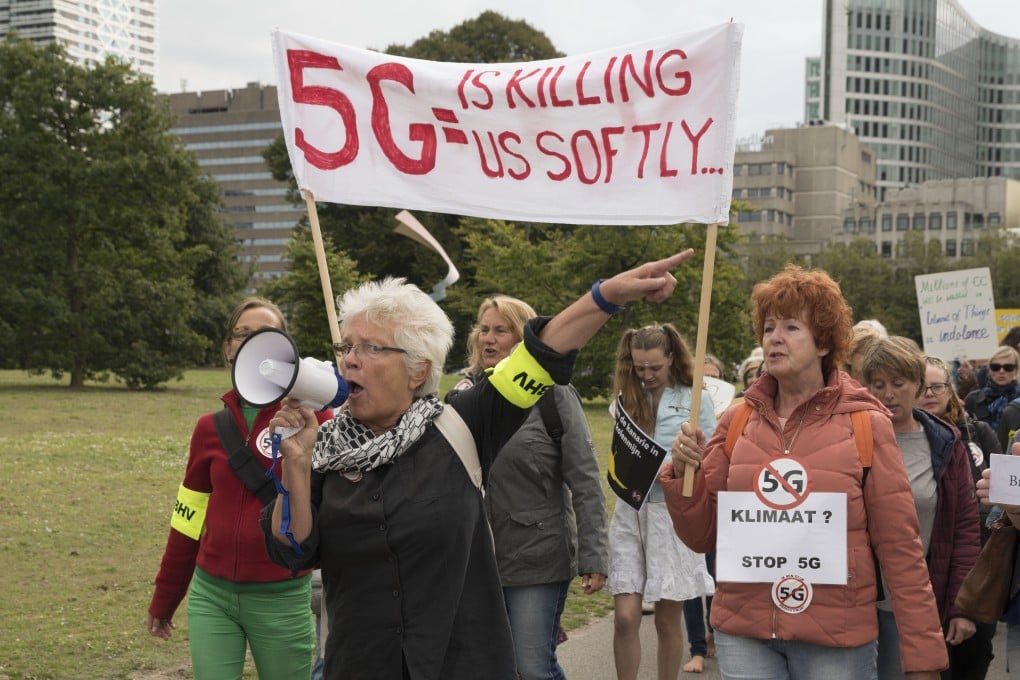Explainer | Do 5G towers pose a health risk? What the science says – and what we still don’t know
- 5G networks offer near instant communication but use high-frequency radio waves. More antennae will be needed than at present and they will be closer to people
- The effects on humans of near constant exposure to these are unknown, although scientists say brief exposure, such as from airport body scanners, is harmless

Do ultra-fast wireless 5G mobile telephones and networks pose health risks? Worries about the effects the technology has on humans and the environment have persisted as it has been set up in countries around the world. What do scientists have to say about it?
What is 5G?
To get that speed, 5G uses higher frequencies than current networks. The trade-off with higher frequencies is that their signals don’t travel as far and are easily blocked by buildings. This means more antennae will be needed.

This is what concerns some people, who were already skittish about the giant antennae placed on top of towers and buildings.
The 5G networks will use many smaller antennae placed closer to people, such as on top of street lights, potentially exposing people to even more radio waves.